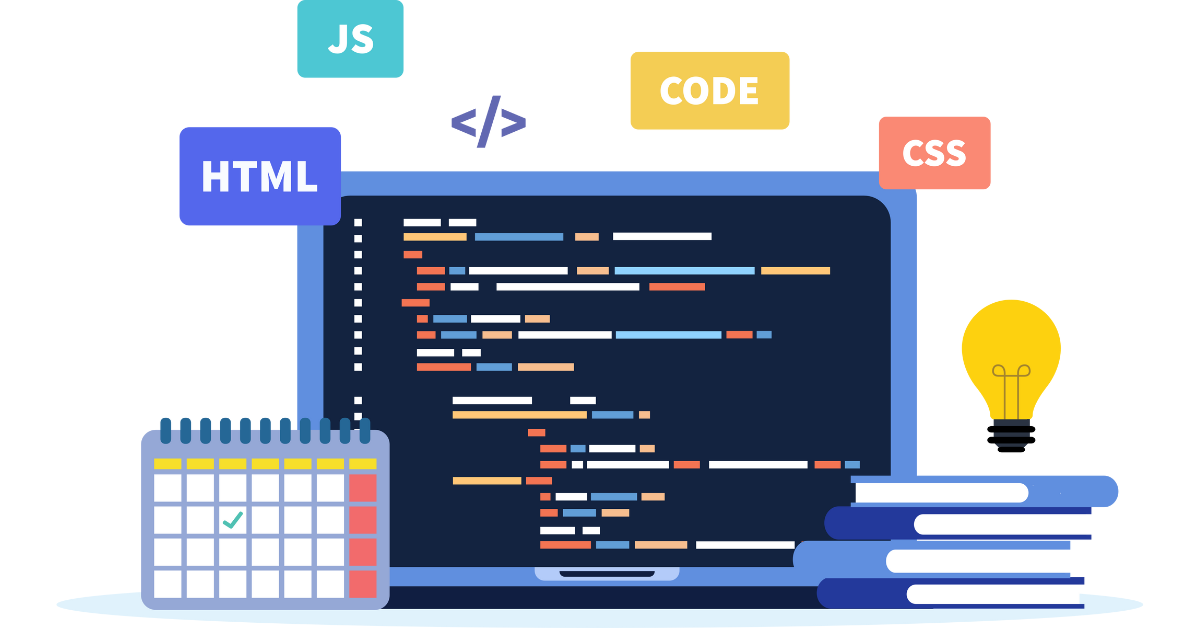Your Overview to Modern Internet Advancement: Trends and Ideal Practices

Emerging Technologies in Internet Development
The evolution of internet growth is marked by an unrelenting pursuit of technology, driven by the desire to enhance user experience and improve processes. Emerging modern technologies continue to reshape the landscape, offering designers powerful devices to produce more vibrant and receptive applications. Key among these modern technologies are Progressive Internet Apps (PWAs), which blend the most effective of web and mobile applications, offering offline performance and improved efficiency.
One more significant development is the surge of Artificial Knowledge (AI) and Artificial Intelligence (ML), which allow individualized customer experiences and data-driven decision-making. These technologies facilitate chatbots, referral systems, and improved search performances, thus transforming just how users connect with internet applications.
In addition, the adoption of frameworks like React, Vue.js, and Angular has actually revolutionized front-end advancement, advertising modular design and efficient state administration. On the back end, serverless design and microservices foster scalability and flexibility, permitting programmers to focus on creating code without handling framework.
Importance of Individual Experience
Customer experience (UX) has become a pivotal focus in web advancement, especially as arising innovations improve interactions. A positive UX not only boosts customer contentment yet likewise drives involvement, retention, and conversions. In a significantly competitive digital landscape, services should focus on UX to differentiate themselves and meet user expectations.
Efficient UX style is rooted in recognizing individual demands and actions. This includes conducting detailed research study, creating customer personas, and utilizing usability screening to gather insights. By doing so, designers can create instinctive interfaces that facilitate smooth navigating and minimize rubbing points.
Furthermore, a properly designed UX can considerably impact a web site's efficiency metrics. Researches have shown that users are more probable to desert a site if they encounter poor use or extreme filling times. On the other hand, a streamlined, user-centric layout can result in lower bounce rates and increased time invested in the website.
Embracing Receptive Style

Receptive layout uses fluid grids, versatile photos, and CSS media queries to produce a dynamic design that changes in real-time. This method not just boosts use but likewise adds to boosted internet search engine rankings, as internet search engine prefer websites that give a regular experience throughout gadgets. Furthermore, receptive style minimizes the need for numerous versions of a web site, enhancing upkeep and updates.
Additionally, receptive style fosters better involvement by providing a customized experience, maintaining users on the website much longer and reducing bounce prices. As consumer actions proceeds to progress, investing in receptive layout is crucial for companies intending to improve customer fulfillment and drive conversions. In recap, adopting responsive style is not merely a pattern; it is a fundamental method that aligns with the expectations of modern-day individuals, ensuring ease of access and functionality no matter of the device they choose to use.
Availability in Internet Growth
Developing an internet site that is both responsive and easily accessible is imperative for reaching a bigger audience. Ease of access in web development guarantees that all users, regardless of their capabilities or specials needs, can efficiently engage with digital web content. This includes people with aesthetic, acoustic, cognitive, or electric motor problems.

To attain ease of access, designers need to follow the Web Content Availability Standards (WCAG), which offer a framework for making internet content much more perceivable, operable, reasonable, and robust. Trick practices consist of utilizing semantic HTML aspects, supplying different text for photos, ensuring adequate shade contrast, and allowing key-board navigating.
Additionally, executing ARIA (Accessible Abundant Net Applications) qualities right here can enhance access, specifically for dynamic content and advanced interface. Examining with genuine customers, including those with disabilities, is vital to identify potential obstacles and enhance user experience.
Eventually, prioritizing ease of access not just boosts recommended you read compliance with lawful standards but additionally cultivates inclusivity, permitting companies to get in touch with a broader audience. As web development remains to advance, installing availability into the style and growth process is not simply a finest technique; it is an ethical obligation that benefits everybody.
The Surge of Progressive Internet Applications
A significant change in web advancement has actually emerged with the surge of Progressive Web Apps (PWAs), which flawlessly incorporate the very best attributes of mobile applications and conventional internet sites. perth australia web development perth. PWAs are developed to provide customers with a quickly, trusted, and engaging experience, despite their web link. This is attained through service employees, which allow offline abilities and history syncing, guaranteeing that customers can access material also in low-connectivity situations
PWAs also utilize responsive layout concepts, guaranteeing that they work smoothly across a look at more info range of gadgets and display dimensions. This versatility is vital in an era where consumers increasingly rely on mobile tools for their on-line tasks. PWAs remove the need for separate application shop installations, enabling for simpler and a lot more available distribution.
The benefits prolong to companies. PWAs can result in boosted user involvement, greater conversion prices, and reduced advancement expenses by keeping a solitary codebase for both web and mobile platforms. As organizations make every effort to enhance customer experiences while maximizing effectiveness, the adoption of Progressive Internet Apps remains to expand, strengthening their condition as an essential trend in modern-day internet development.
Conclusion
To conclude, modern web advancement requires a diverse strategy that encompasses emerging modern technologies, user experience, receptive layout, ease of access, and the execution of Progressive Internet Applications. Complying with these trends and best practices not only improves user involvement yet also cultivates inclusivity, making certain that digital content comes to diverse target markets. By focusing on these aspects, developers can create impactful applications that fulfill the developing needs of customers in a progressively digital landscape.